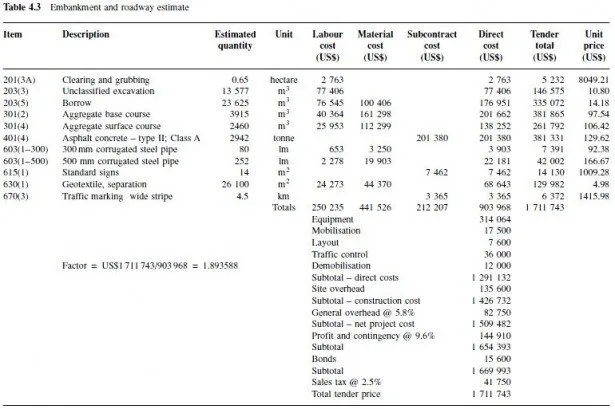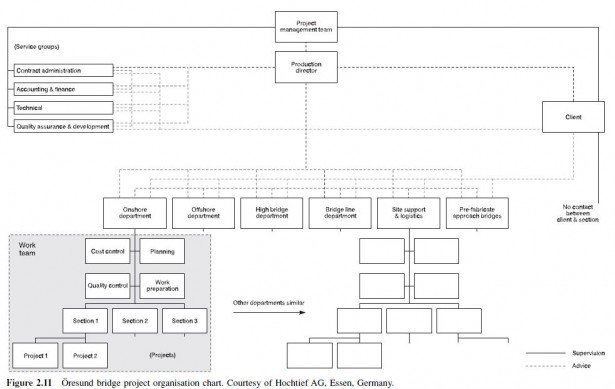Until funding is approved, there is no need to acquire land for the project (assuming the site is not already in possession of the owner). As explained earlier, various sites will likely have been investigated, each with alternative layouts specific to the site. In our site investigation section, we listed such considerations as soil conditions, topography, access and environmental impacts as important site characteristics. Note that site will have different meanings depending on whether the project is a building, a roadway, an airport or some other development. In roadway construction, for example, right-of-way specialists are important members of the project team.
When funding is approved, it may be for a project at a specific site or the approval may allow for alternative sites, depending upon further investigation and negotiation. In any case, ultimately the project site, if not already owned, must be acquired, through purchase, lease or other arrangement. Sometimes public projects utilise the process of eminent domain by which private land may be acquired even from reluctant sellers under certain limited conditions.
The site acquisition step completes the usual process of planning and feasibility study and allows the design stage to begin. For a typical project, approximately 10% of the planning and design effort has been completed at the end of the planning and feasibility study stage.

